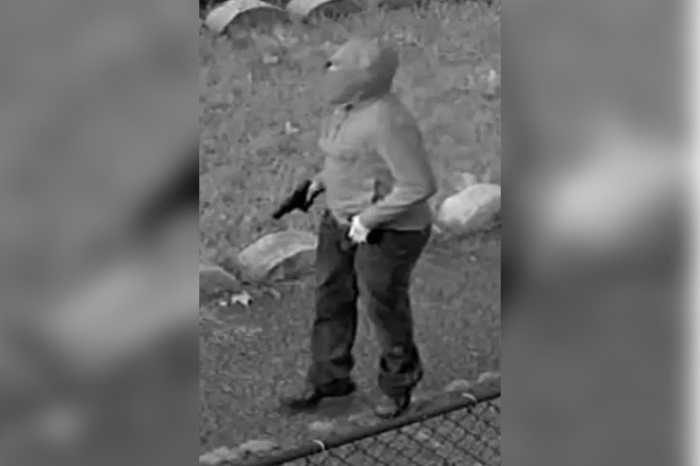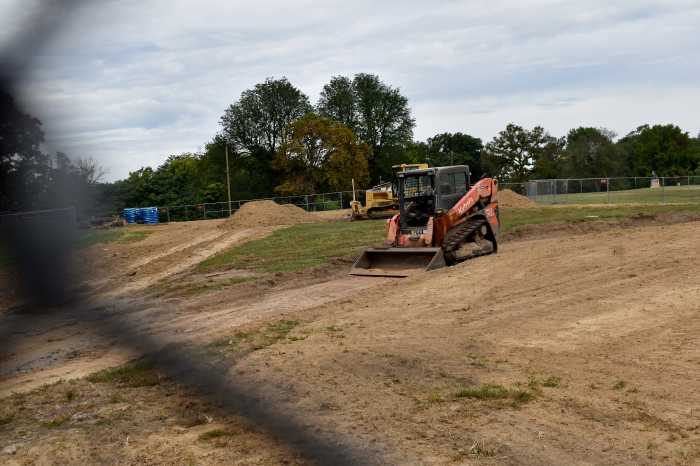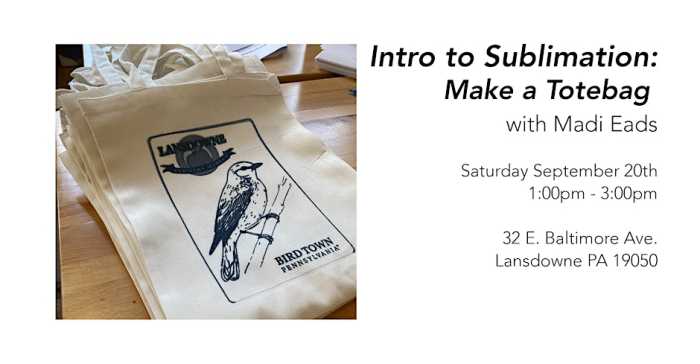It’s a rare occurrence for we Philadelphia historians to become overexcited. We’re really a mellow bunch.
But, everyone needs to hear this important message—Philadelphia’s treasured architectural history is disappearing. And once it’s gone, it’s gone for good. Generations before us have known the value of preserving Philadelphia’s cherished historical architecture.
This year marks 342 years since Philadelphia was born out of William Penn’s vision and brought to reality by Pennsylvania Surveyor General Thomas Holme. The design of the city — still evident today — a grid of streets with main thoroughfares of Broad and High (now Market Street) and five original squares Rittenhouse, Washington, Logan and Franklin, and Centre. Every year that goes by is another year that a piece of that history disappears.
A groundbreaking ceremony was recently held just a few feet from the old Lord & Taylor Building in Bala Cynwyd. The project, whose demolition will be another closed chapter in Philadelphia’s original retail shopping past dating back to 1914, will be replaced by a proposed residential complex on the site.
In June — just a few miles north of Philadelphia — the iconic Abington Hospital Jefferson Health June Fete Horse and Pony Show has been cancelled for 2024. The June Fete has run since 1913, and in 1955 a parcel of land was donated by the Pitcairn family to host the event — not far from the Cairnwood Mansion just a few miles away.
Currently, the Pennypack Ecological Trust has a fund to acquire the land from Jefferson Health and to return it back to nature after each year’s Fete is complete in an attempt to preserve the land and return it to its natural habitat in the shadow of Cairnwood.
In April — just two days before the eclipse darkened above Philadelphia’s sky — a 4.8 magnitude earthquake damaged the historic Taylor’s Grist Mill in Reddington, New Jersey. The Grist — built in 1760 — provided grain for General Washington’s Continental Army. Even before the quake, the Revolutionary War Grist The Friends of Taylor’s Mill (a 501) was in the process of restoring and preserving the structure.
In July of 2023 — a Septa Trolley derailed in Southwest Philadelphia and crashed into the historic Blue Bell Inn. Dating from 1760, the Blue Bell Inn was the scene of a Revolutionary War skirmish and George Washington’s Continental Army marched right past it on the way to the British surrender in 1783. The crash caused an estimated $300,000 in damages to the historic structure.
In 2022, Philadelphia lost more historic structures. The Powelton Village Historic District (the largest historic district listed on the Philadelphia Register of Historic Places,) the Columbia Theater in Brewerytown, The Bogash & Klutsch Store, the University Motor Inn, and St. Laurentius Roman Catholic Church dating back to 1882, all were demolished.
Some historical buildings around Philadelphia are being saved. In July 2023, the famous Widener Estate in Elkins Park was purchased by the Lynnwood Hall Preservation Society. The Society is attempting to restore parts of the mansion and whose website allows visitors to become patrons to assist in the efforts to preserve the neo-classical mansion.
Sitting prominently against the backdrop of the Pennsylvania skyline is Lynnewood Hall, Peter A.B. Widener’s sprawling 110-room neo-classical mansion located on Ashbourne Road in Elkins Park. Widener was an industrialist, and moved his family from a Philadelphia victorian brownstone on Broad Street around 1900.
As we approach the 250th anniversary of our nation in 2026, please consider donating to a historical restoration fund or to your local historical society for all of the great work that is being done around the Philadelphia region.
You’ll be proud that you did. Your fathers and grandfathers will, too.
Michael Thomas Leibrandt is member of the York Road Historical Society and lives and works in Abington Township.



























